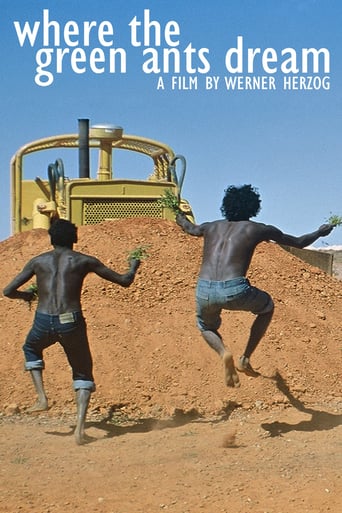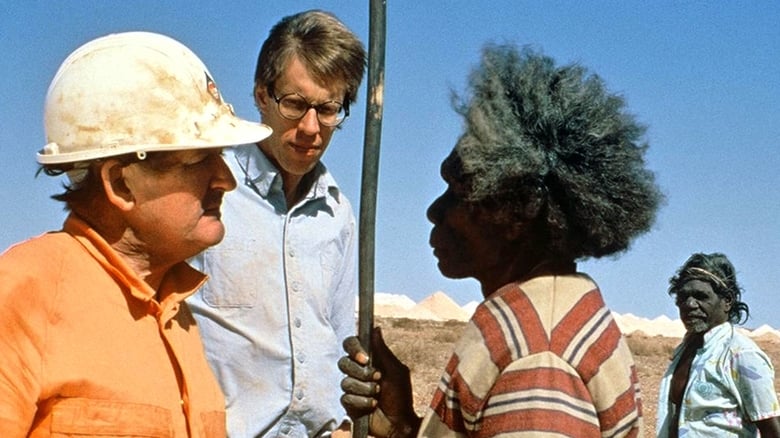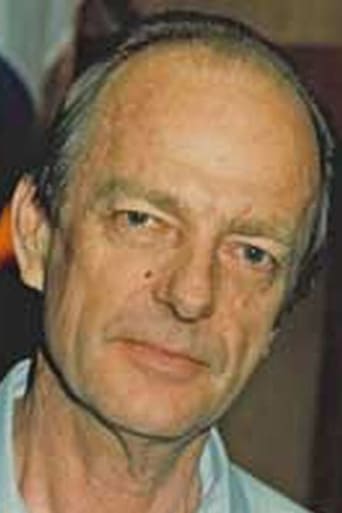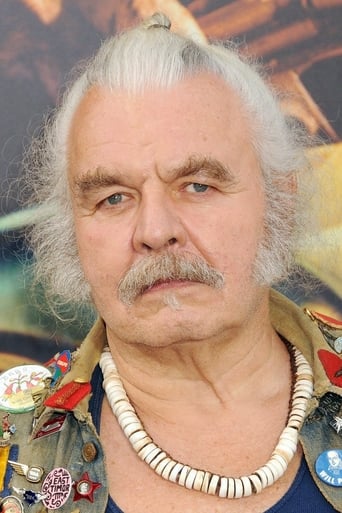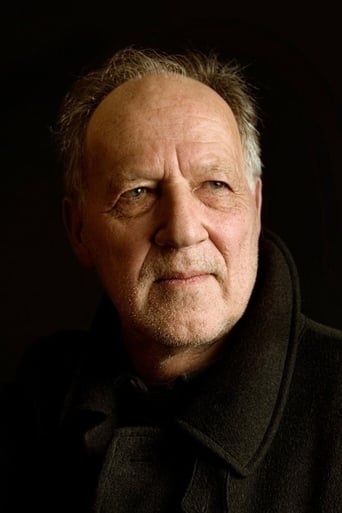The Australian Aborigines (in this film anyway) believe that this is the place where the green ants go to dream, and that if their dreams are disturbed, it will bring down disaster on us all. The Aborigines' belief is not shared by a giant mining company, which wants to tear open the soil and search for uranium.


Similar titles
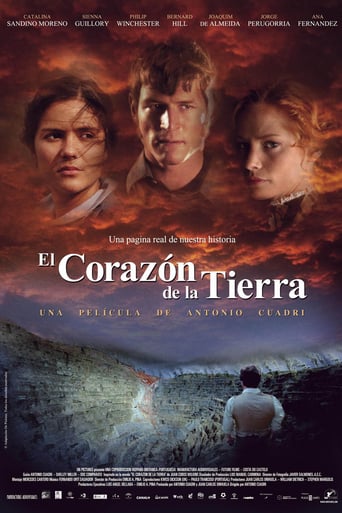

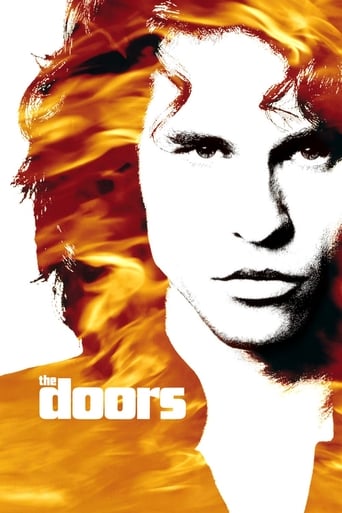
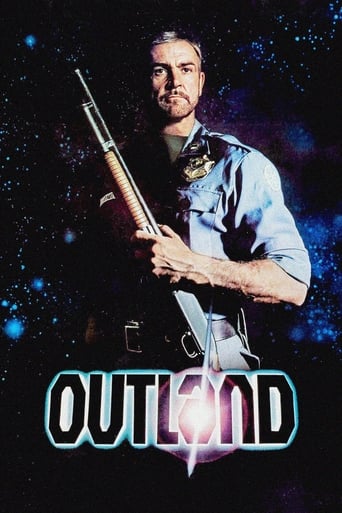
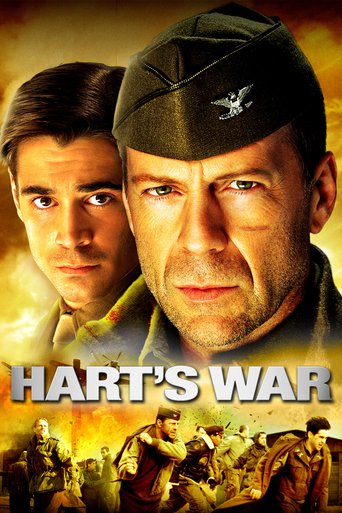


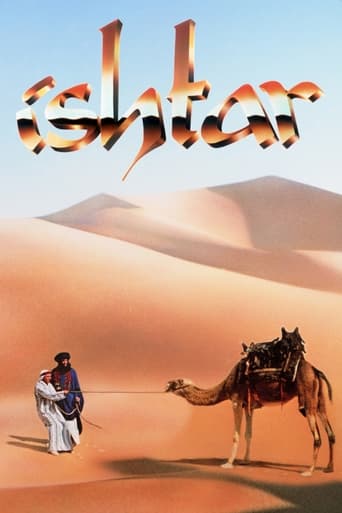

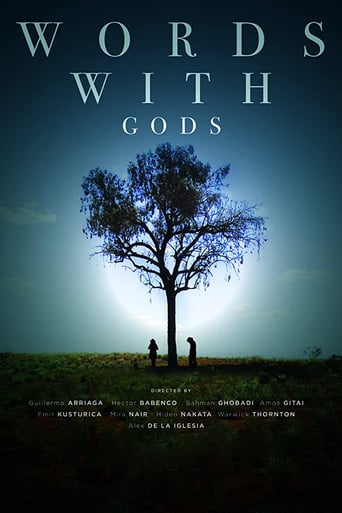
Reviews
Herzog is a simple man, easy to read. Hearing him talk of his films, one gets bored easily. His films are simply conceived, like Lynch's, but once he gets rolling, his intuitions take him to strange, exotic corners of the soul. There he leaves traces that last. I love the man's work, much of it. I love the fact that he really seems to be driven by urges that seem to accidentally result in something that can cross the distribution divide to reach me. This is no small feat; the films I watch that have ideas and matter are what maybe a millionth, a billionth? of the similarly deep insights and artifacts that would have similar effect in me, but which cannot cross that divide.When I watch his work, some of which I reserve for the future, it is a dip into the film of Herzog. Failures add to this. Risks that did not pan out for him, do for me.This film has some heavy disadvantages. He is in Australia and he simply does not understand that to photograph the land the way it affects its inhabitants, you have to photograph nothing. Nothing is what matters. But he gives us a tornado. Its beautiful and violent it even fits the story. He gives us unrelenting piles of boring waste. This too is effective in the film, but not of the place.He misses both the place and he people. He does give us beautiful Aboriginal faces. He does celebrate them. But its from a deeply disturbing patriarchal, colonial perspective. There is some of this in his Peruvian adventures, but it is hidden in his respect for the Jungle. The natives are simply part of the terrain. He cannot do that here. This also suffers in that he felt it necessary to have an on-screen observer who "learns" the value of the place and turns from heading the mining effort to living with the people.The result is that the film is overt in its sentiments, but everything works against its honesty. We are left with having to accept it locally, each scene as a sort of standalone taste: black patient faces staring out of pilot seats in an airplane given to them; a man on a witness stand testifying in a language no other soul on the planet understands; an old biddy waiting in the sun at a mine opening on the of chance that her beloved doggie will reappear; that tornado; the (overearnest) story of the sleeping green ants whose dreams we are.This has value in those small pieces, pretty much throughout. But in the large, taken the way he intends it, its just a colonial German peering into a quaint culture as an ordinary tourist would. So it dilutes the greater story, the greater film of the man.Ted's Evaluation -- 2 of 3: Has some interesting elements.
There are three distinct styles of German director Werner Herzog's films. There are his great, deep, and memorable fictive films- such as Aguirre: The Wrath Of God, The Enigma Of Kaspar Hauser, and Fitzcarraldo, there are his smaller evocative documentary-like films- such as Fata Morgana, Little Dieter Needs To Fly, and Grizzly Man, and then there are his unclassifiable films- such as Even Dwarfs Started Small, Heart Of Glass, and 1984's Where The Green Ants Dream (Wo Die Grünen Ameisen Traümen). Whereas Even Dwarfs Started Small is an enigmatic study on Fascism that is beyond evaluation on a normal scale, and Heart Of Glass was filmed with its actors hypnotized, Where The Green Ants Dream is an odd concoction that mixes all three of Herzog's styles, along with the excellent cinematography of Jorg Schmidt-Reitwein, in its 95 minute running time.Where The Green Ants Dream is not Herzog at his greatest, but it is an interesting and good little film that rises above the contemporary condescending approach to Natives, and compels anyone who starts watching it to finish watching it. Just compare it to the ongoing American obsessions with Noble Savage Native Americans and Mystical Negroes, and the difference is clear. In the commentary, Herzog even laments that this film is too preachy at times, in scenes with both the Elders and the small minded Arnold, and how his own personal disagreement with the Green parties around the world are due to their lack of empathy for humans, while praising nature at all costs. It is especially noteworthy to compare this film to the work of Native American director Chris Eyre, who made Smoke Signals and Skins, for one can see numerous areas where the younger director could learn much from a Master like Herzog, who, even when not in top form, can create compelling art that lasts, even if in ways as odd as his subject matter.
Where the Green Ants Dream- at the least featuring one of Werner Herzog's best titled films as it's one of those amazing visuals one gets out of the strangest of the director's work- is placed in a somewhat minor cannon of the German maverick's work, and maybe rightfully so. It's about a controversial topic, that of the rights of the Aborigines and the Australian's seeming right via original British Imperial rule, and it features practically all non-professional actors and some shaky transitions between its sturdy plot and non-sequiters and quintessential Herzogian landscapes. If I were recommending Herzog films to a friend this wouldn't be at the top of the crop (unless of course one is fervently into Australian issue movies or love that one song from the 80s "Beds are Burning"). But it's by no means an over-ambitious quagmire like Heart of Glass, and at worst it's occasionally dull or, and I hate to say this for Herzog, too eccentric for its own good.It's not to say some of Herzog's bits of character eccentricities aren't out of place. There's featured here amid the story of an aboriginal tribe peacefully protesting and standing their ground against construction on a sacred land of the title name various strange bits of business. My favorite was that mid-section involving the Aborigines asking for a plane, assumed on the part of the construction group as part of the negotiations, and features in one of the oddest parts of the movie the one black pilot from the Aussie air force who keeps singing "My baby does the hanky-panky" to himself. And there's some cool visuals of stock tornado footage and those barren wastelands and perplexing dunes and pyramid-hills in the desert plains that provide the director some choice locations to film. It's hard not to see for the Herzog fan some allotment of poetry.But there are some problems that I couldn't quite ignore. Despite the acting force of Bruce Spence, who displays far more here as a gifted actor (contrary to what another IMDb reviewer said) and as more than just the kooky flier in the Mad Max movies, the acting is in general fairly weak and at best standard and too off-kilter. It's fairly distracting when Herzog can't quite corral his actors as well as with his technical skills; this also despite some real 'presence' with the two aboriginal chiefs. And certain big scenes, like the courtroom, aren't as effective as might have been intended and come off as dry and too naturalistic and stuffy.And yet, even with these qualms, it's got some real courage and conviction with its message, which is that aside from the typical "respect the native culture" beat is that people need to learn to live together and not have cultures lost and squandered in the face of bigotry and imperialistic attitudes that should have been squashed decades ago. It's a very good, if not great, examination of a meeting of two societies and an identification of "the other" by a filmmaker willing to take it on. 7.5/10
I'm invariably surprised when I mention this film to friends that they say they've never seen it. Werner Herzog in Australia? C'mon. How could the great German director of Wozzeck, Nosferatu and other Gothic classics concern himself with a very oblique tale of a development project impeded by Aboriginal Australians who contend that disturbing the green ants dreams by ripping up their habitat will likewise rip the fabric of the universe? The government solution is to give them an airplane which one of the younger members of their tribe eventually manages to take off with a number of the elders on board. Looking over the cast, you likely not recognize names that most of us who don't follow Aussie films know; some of us may know Bruce Spence from the Mad Max films who plays a geologist, but there are many Australian Aborigines. A poignant moment is seen in the court room scene where one Aborigine rises to speak and the judge asks for a translation, only to be told the men is called "the Mute" because there's no one left who understands his tribal language.The overall effect of the film is wonderfully Herzog with a surrealistic portrayal of the clash of old and new, progress versus conservation and fraught with cultural miscommunication. I really recommend this film for your viewing.
